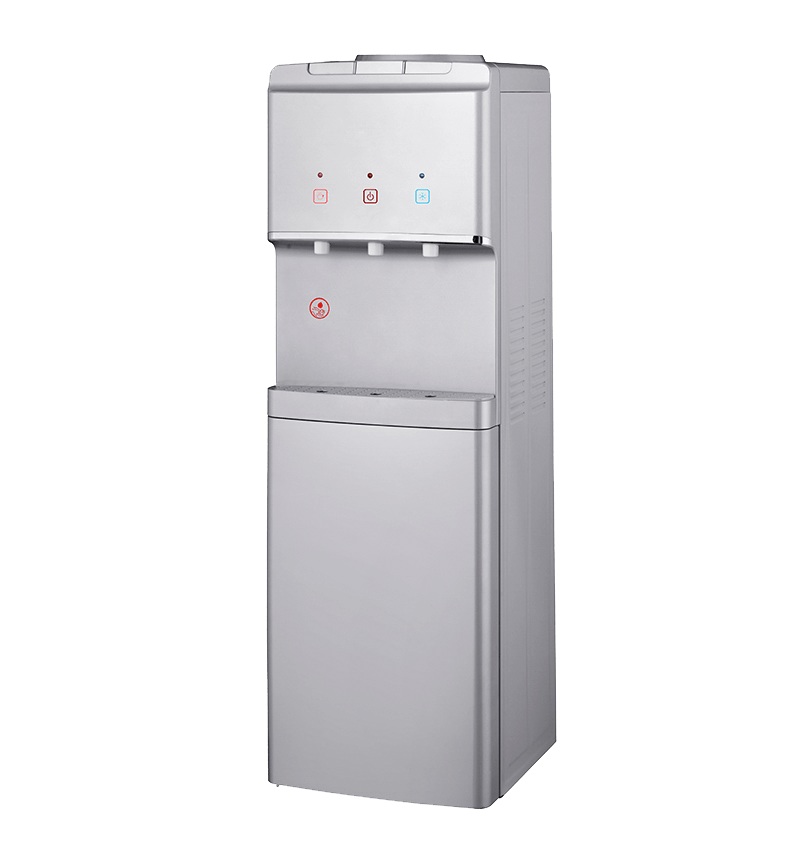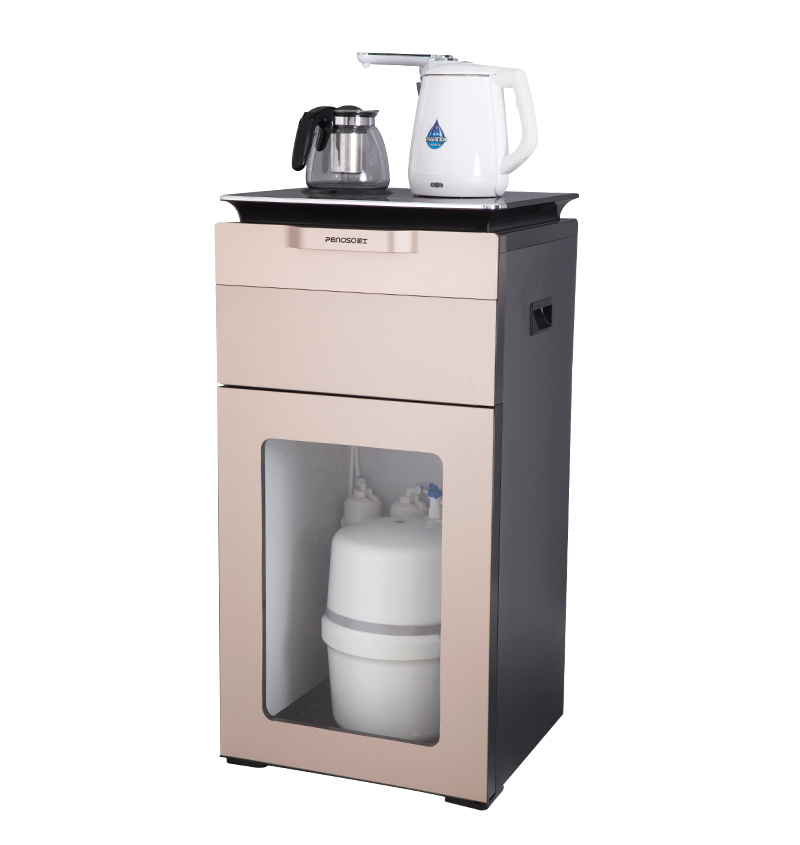The RO system is an efficient water treatment equipment, but its performance is greatly affected by water quality. Various factors in water quality, including hardness, TDS, dissolved oxygen, chlorine content, etc., all have an important impact on the treatment capacity and purification efficiency of the RO system.
Hardness in water quality is one of the important factors affecting RO system performance. Hardness is mainly composed of calcium and magnesium ions in water. When the hardness of the water is high, the risk of fouling and scaling of the RO membrane will increase, resulting in a decrease in the processing capacity of the RO system. Calcium and magnesium ions combine with the RO membrane surface to form a scale layer, which affects the water permeability and reduces the output and quality of purified water.
The TDS value in water quality is also an important factor affecting the performance of the RO system. The TDS value reflects the total dissolved solids content in water, including inorganic salts, organic matter and microorganisms. Water quality with high TDS value will increase the burden on the RO system and reduce its purification efficiency. RO membranes need to handle more dissolved solids, which increases energy consumption and maintenance costs.
The dissolved oxygen content and chlorine content in the water also have an impact on the performance of the RO system. Low dissolved oxygen content may cause oxidative damage to the RO membrane, thereby reducing the service life of the system. High concentrations of chlorine will damage the structure of the RO membrane and affect its purification efficiency and lifespan.



 English
English عربى
عربى Português
Português Español
Español








